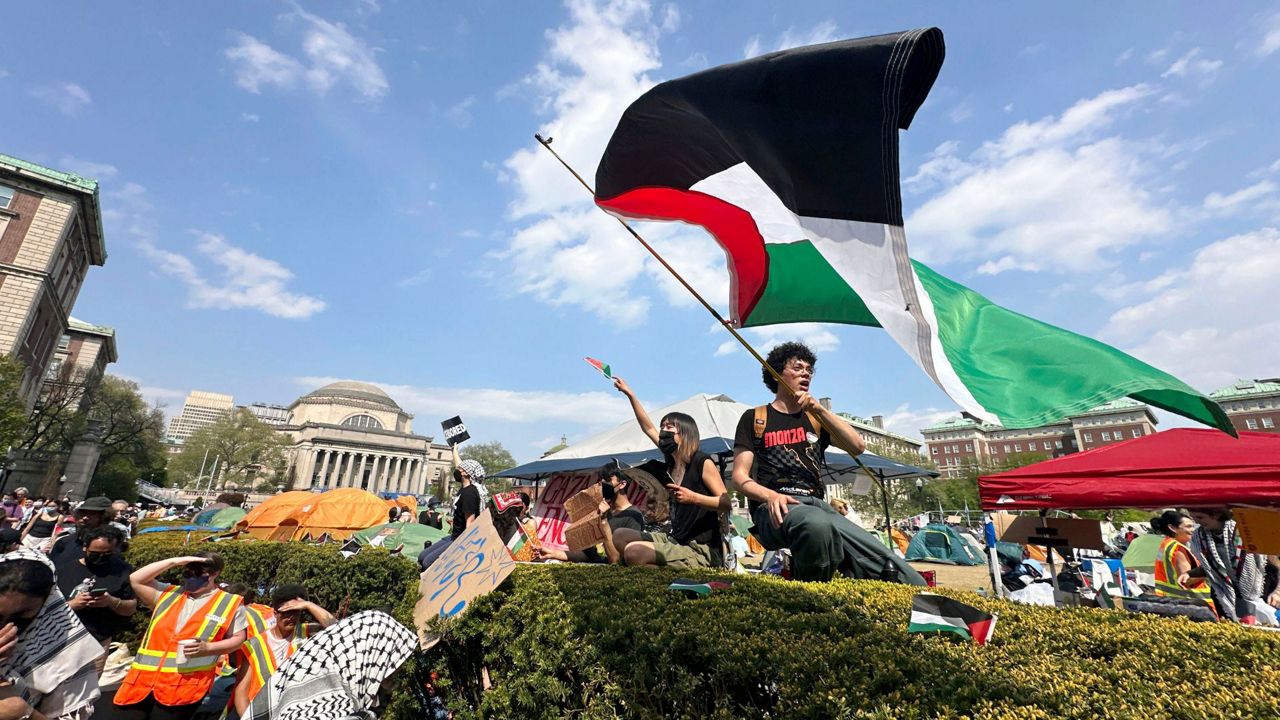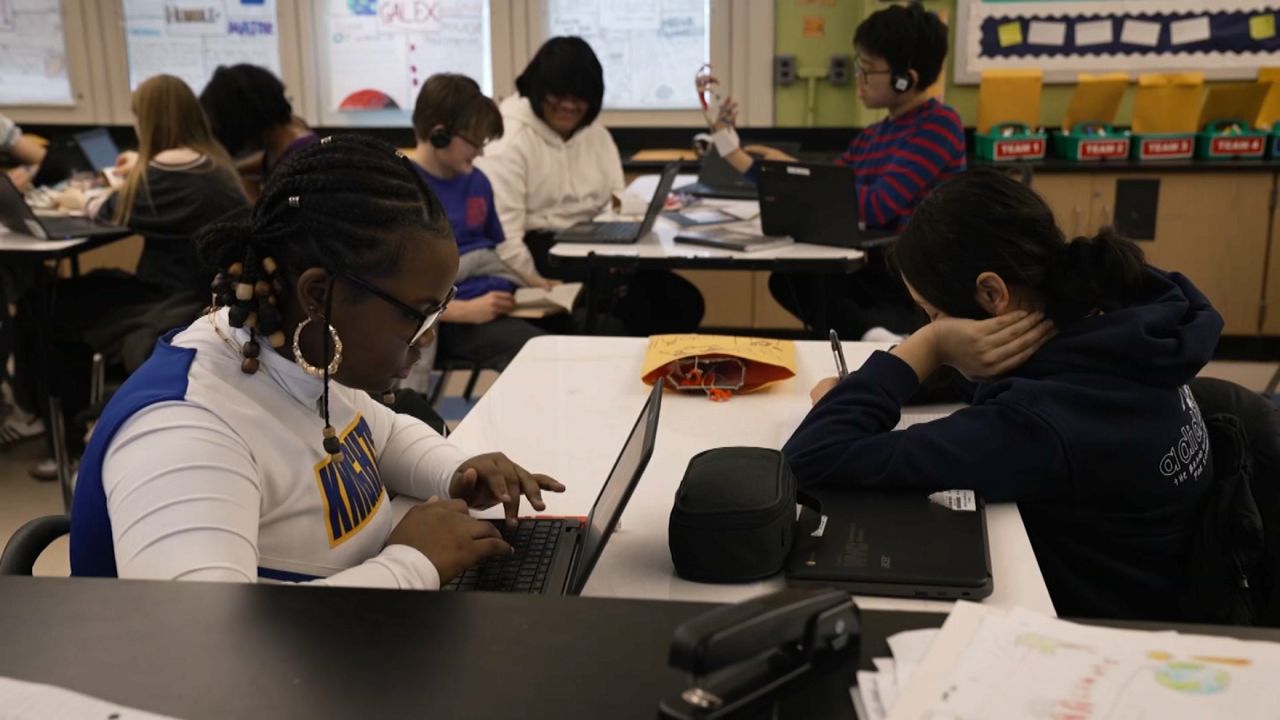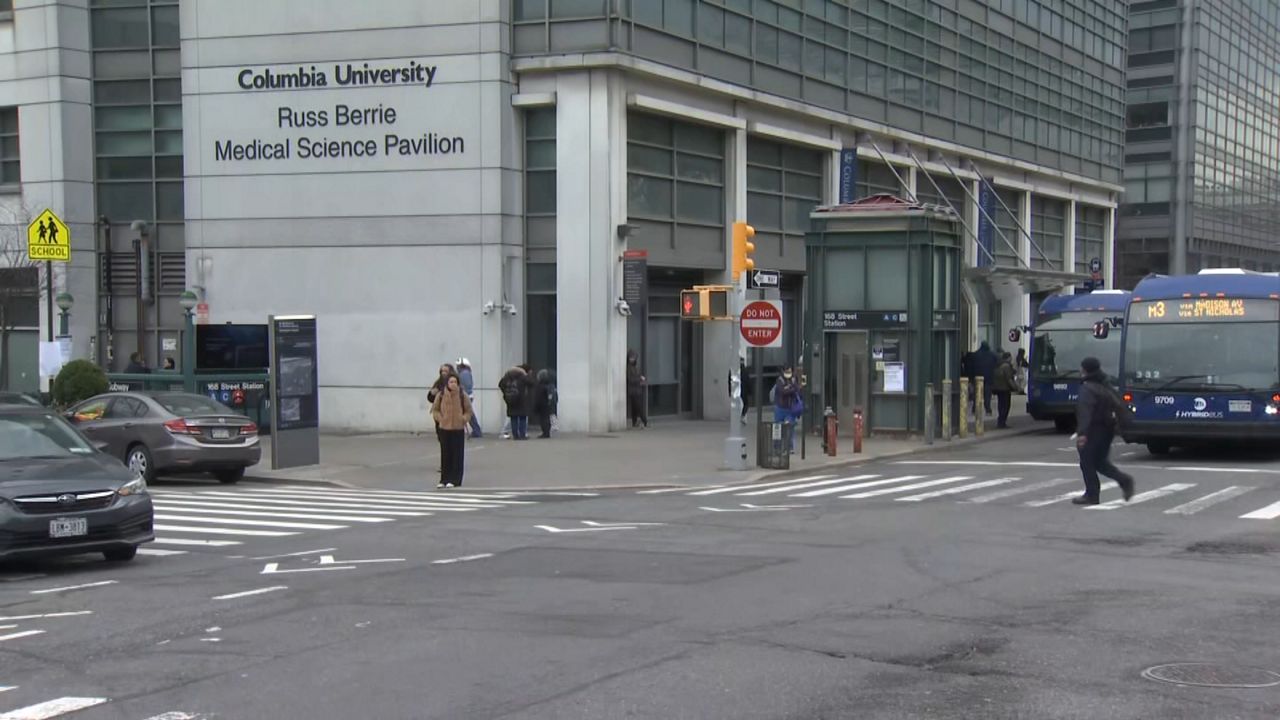When Gov. Kathy Hochul committed to overhauling the state’s Foundation Aid Formula, advocates hoped it would mean more money for the city’s public schools.
“We’re very disappointed that the conversation has been about changes that would result in New York City schools getting hundreds of millions of dollars less,” Randi Levine, policy director of Advocates for Children, said.
Hochul’s proposed changes to the formula — which determines how much money each school district in the state receives from Albany — will mean the city’s schools receive $350 million less than they would have if nothing had changed, according to Levine.
“We’re very concerned about the possibility of losing out on that funding,” she said.
While the governor did update how the formula allocates money for students living in poverty, she’s proposed using the federal poverty guidelines — which don’t vary based on location. Advocates argue that measure doesn’t cut it in a high-cost city like New York. They’re calling on the governor to incorporate a Regional Cost Index, something both the state Senate and Assembly have included in their own proposals.
“But that change alone would not fully offset the negative impact of the governor’s proposed changes. So we’re also glad to see that the Assembly budget is proposing to increase the rate for English language learners,” she said.
That comes at a time when the city has enrolled tens of thousands of recently arrived migrant students.
Budget negotiations — notoriously led by the governor, the Assembly speaker and the Senate majority leader — are ongoing. And the governor’s office says even with the change in the funding formula, the city is still going to get more than $14 billion in total school aid — an increase over last year.
“Three people in a room wheeling and dealing in a high stakes game,” David Bloomfield, education professor at Brooklyn College and the CUNY Graduate Center, said.
Bloomfield says that game comes at a precarious time, with uncertainty surrounding federal funding, which makes up about 5% of the city schools budget, largely through Title One funding for low-income students and money for students with disabilities — funding that also goes to private schools.
“It affects every public school student and private school student in the city,” he said.
Bloomfield says that game comes at a precarious time -- with uncertainty surrounding federal funding, which makes up about five percent of the city schools budget -- largely through Title One funding for low-income students and money for students with disabilities, funding that also goes to private schools.
“It affects every public school student and private school student in the city,” he said.






_CGPK_Mn_Columbia_Students_Chained_CG)



_PKG_COLUMBIA_UNIV_CONCESSIONS)